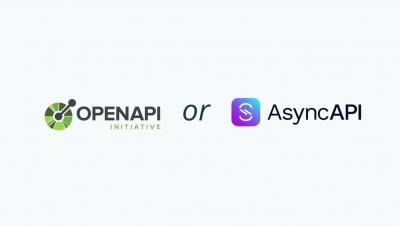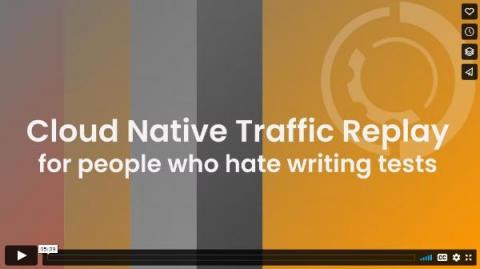Learning JavaScript through load test scripts
I'm the technical writer at k6. If you're on this site, you probably know what k6 is. But, to reiterate the essentials: When I started five months ago, I knew I had some work to do because: Really, my "professional programming experience" culminated in some shell two-liners. Fortunately, the k6 team gave me a set of challenges to get up to speed. In this article, I go over the eight challenges the k6 team gave me and present the ways I solved them (I don't promise elegance).











